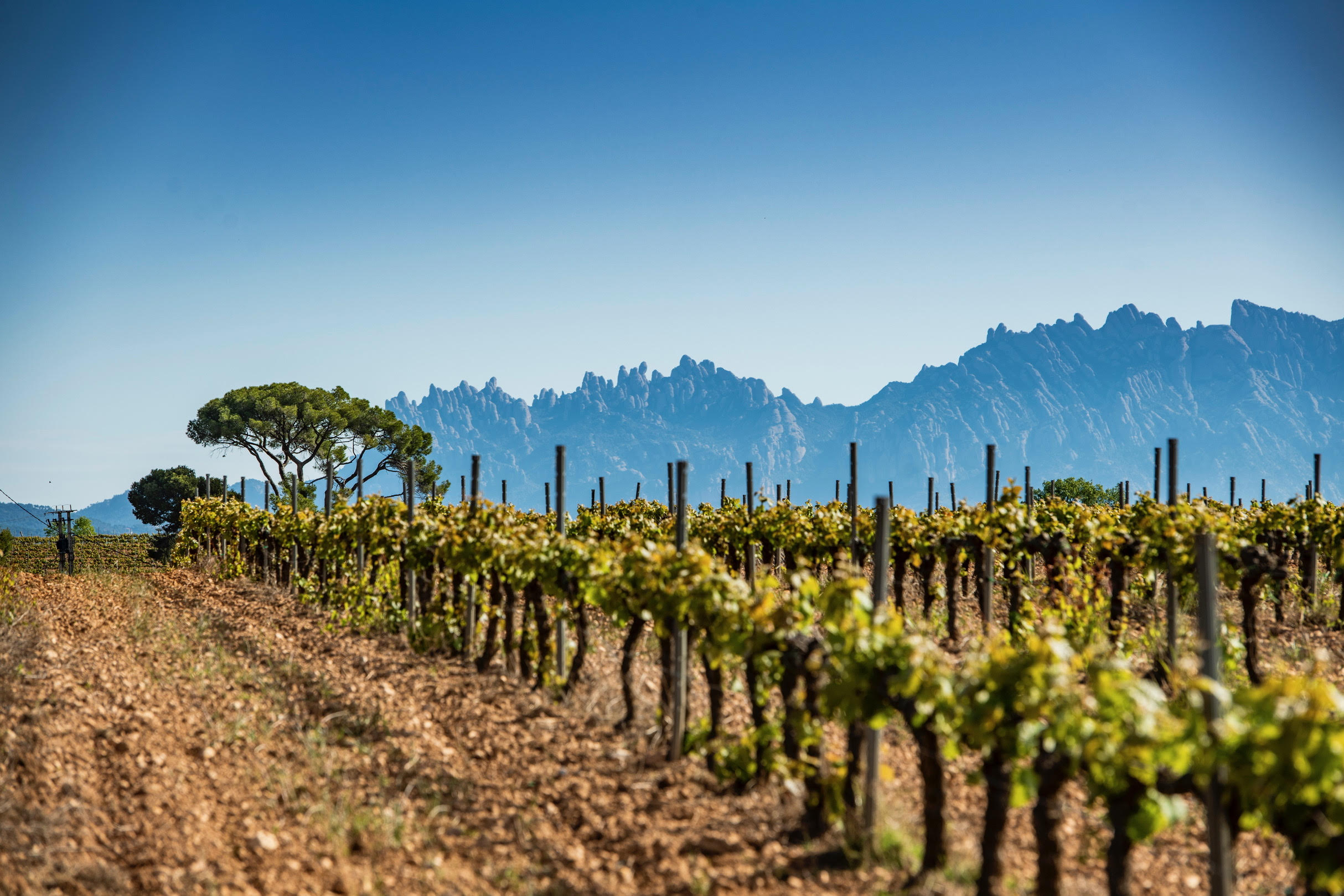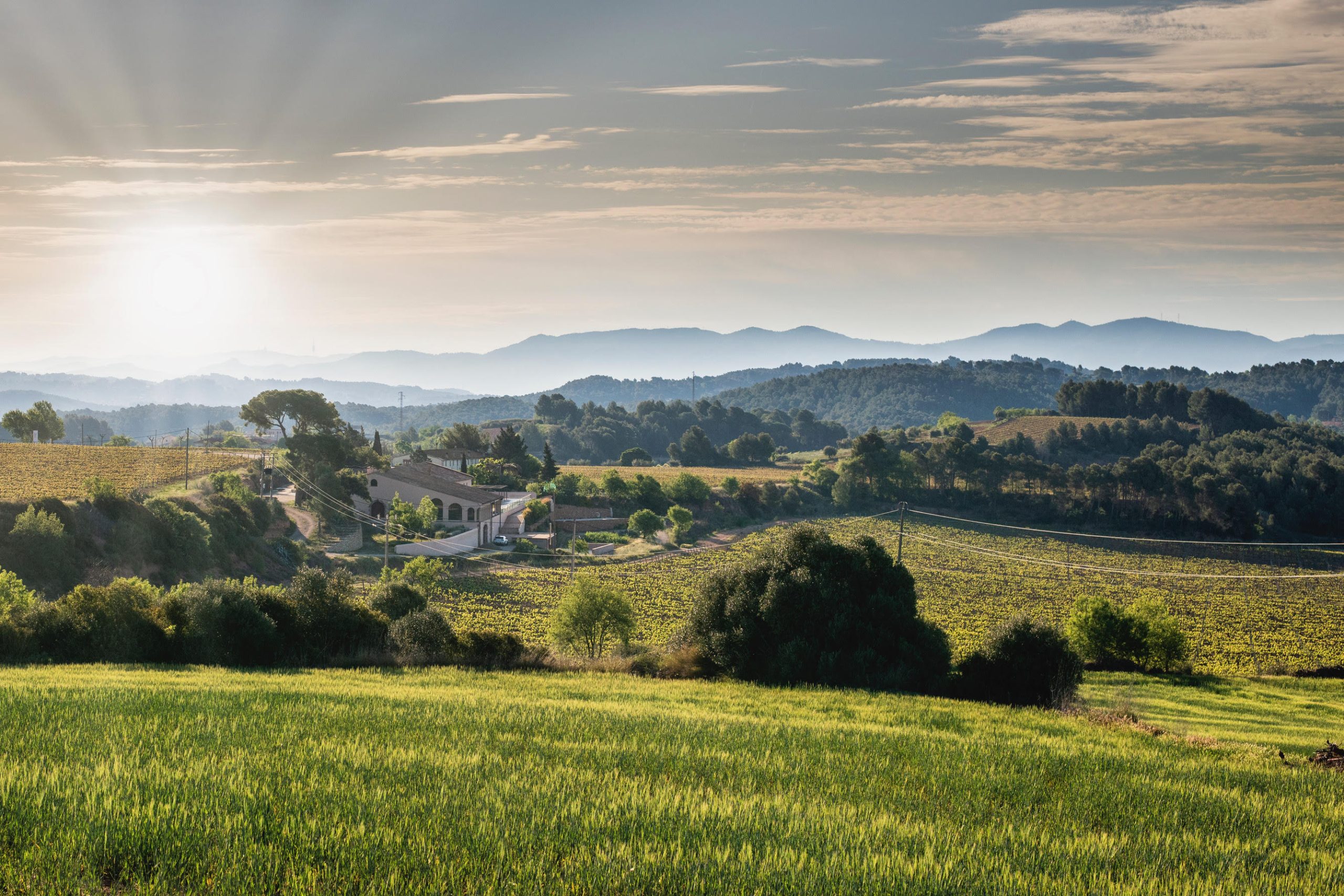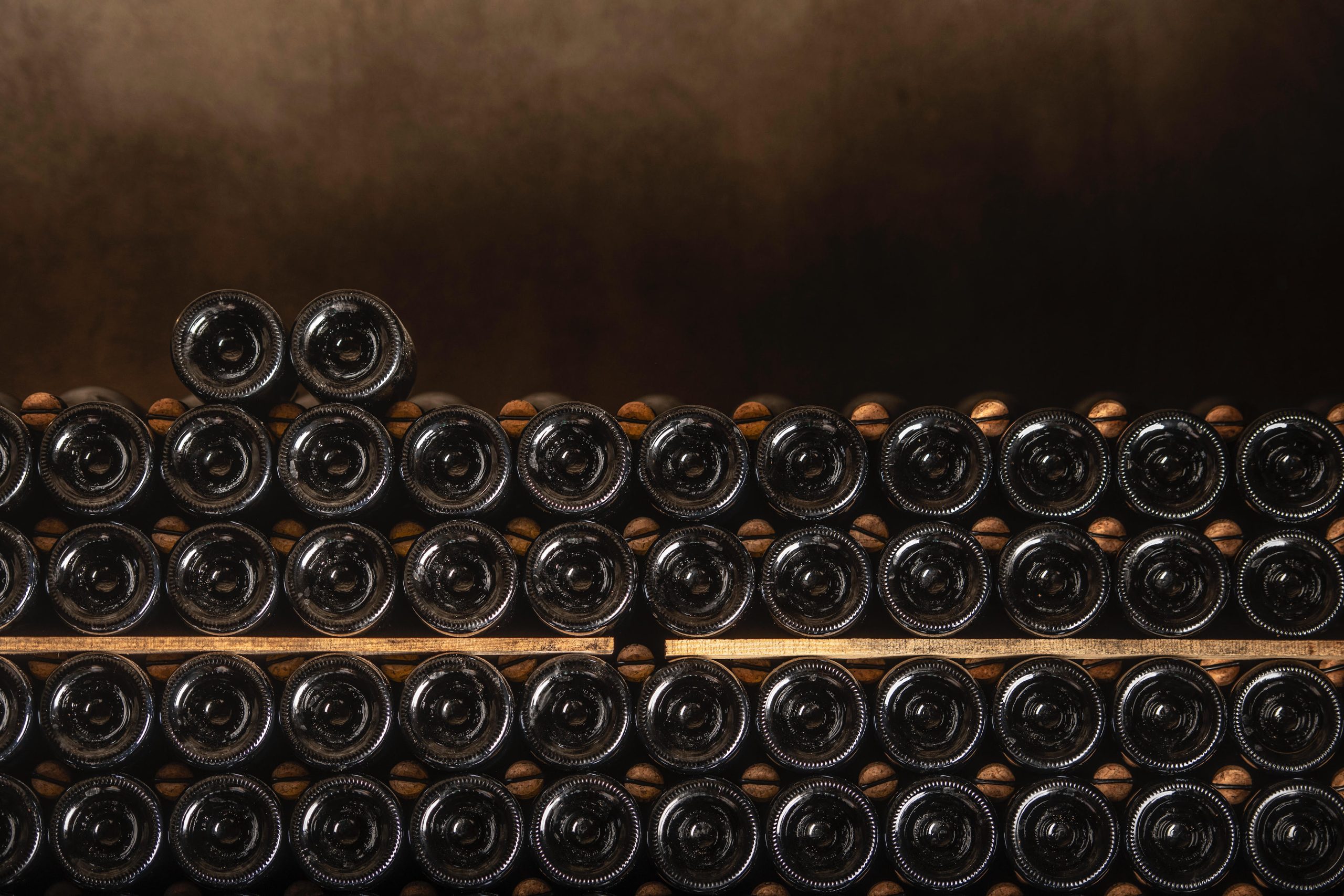This website uses cookies so that we can provide you with the best user experience possible. Cookie information is stored in your browser and performs functions such as recognising you when you return to our website and helping our team to understand which sections of the website you find most interesting and useful.
Quality is ‘written in the grapes’, says Cava producer Can Sala
A desire to express the “purest form” of Cava leads Can Sala to go above and beyond the style’s standard practices.

Cava, for better or worse, comes with associations of inexpensive, mass-market bottles. It is the natural result of an appellation with accommodating guidelines; with lower required time on lees, for instance, it can be cheaper to produce than Champagne. Yet, at the other end of the spectrum, as Can Sala proves, there is nothing stopping producers from making wines to the most exacting standards.
High quality should not be a surprise. Família Ferrer, which produces Can Sala, has made wine for 18 generations, all the way back to 1616. That means it already had 250 years of experience when Spanish sparkling wine took off in the late 19th Century.
Over 400 years, the family has clearly learned a thing or two. Can Sala 2013 won a Master medal, the top award, at The Global Sparkling Masters 2024.
Yet it is not simply history that dictates the producer’s success, but rather a guiding principle. José Maria Ferrer, CEO of Família Ferrer, believes his father best explained the approach. He would summarise his philosophy as follows: “Everything good that a wine has, it was already written in the grapes.” That sense that the grapes are the key to high quality-production influences all that the team does.
The first consideration in the wine is therefore the site where the grapes grow. Can Sala only produces Cava de Paraje Calificado, an official classification approved in 2017. These wines have to come from grapes grown in a small specific area, meaning they express a specific terroir. While many sparkling wines, including most Cava, could blend plots over a large region, a Cava de Paraje Calificado is innately tied to one area.

For Can Sala, that is Mediona. The municipality covers rolling hills between 350 and 700 metres in altitude, criss-crossed by the characteristic small rivers of Catalonia. For Ferrer, it has many of the key attributes needed to make a terroir-led sparkling wine. “We identify Mediona with elevation, cooler weather, mountains and plenty of biodiversity,” he says.
Efforts to convey the unique terroir do not end with the harvest. The team uses indigenous yeasts for the first fermentation, which in themselves tell the specific story of the vineyards. Since the wines are made on site, they are deeply connected to the locality from start to finish.
At the end of the process, the winemaking once more prioritises expression of terroir. Although many producers consider a brut style to be the baseline and lower dosage a stylistic choice, Ferrer sees it quite differently.
“I would say it’s the other way around,” he explains. “The dosage will change the wines in a more dramatic way.” For that reason, all the wines are made in a brut nature style, intending to express Cava, according to Ferrer, in its “purest form”.
That is, in part, facilitated by the final stage in Can Sala’s unusual process. While all Cava must age on its lees for at least nine months (rising to 36 months for Cava de Paraje Calificado), the wines at Can Sala spend appreciably more time.

In the case of the Master medal winning 2013 vintage, the wine spent 120 months ageing in the bottle. The extended process adds complex autolytic notes to the wines’ naturally fresh profile, aided by a cork closure that allows delicate oxidative notes to develop. It also, in softening the wine’s profile, means there is even less need for the addition of sugar.
The result is a singular wine, determined both by its location and by the time invested in it. If not a stereotypical Cava, the Can Sala acts as a statement that the wines can be more than the cliché. Indeed, that is Ferre’s overall message for the wine drinkers of the world: “good-quality, long-ageing Cava can compete with the best sparkling wines of the world.”
Patrick Schmitt MW tasted Can Sala 2013 at the Global Sparkling Masters 2024 and provides his tasting note below.
Can Sala 2013

- Producer: Ferrer Family Wines
- Region: Cava
- Country: Spain
- Grape varieties: 50% Parellada, 50% Xarel-lo
- ABV: 12.5%
- Approx. retail price: £80
- Medal: Master
Proof that top-end Cava is a serious player in the world of fine sparkling wine, one of this year’s few Master medal winners was this outstanding fizz from Can Sala. Just over 10 years old, it is wonderfully evolved, while still bright, lively, and very dry – this is a sugar-less cuvée. Among the notes of creamy coffee, burnt sugar and wood smoke – even peat – are characters of candied lemon, baked apple and hazelnuts. A refreshing, mature and fascinating sparkling wine.

